Important Ingredient For Life Discovered By Astronomers In Unexpected Place
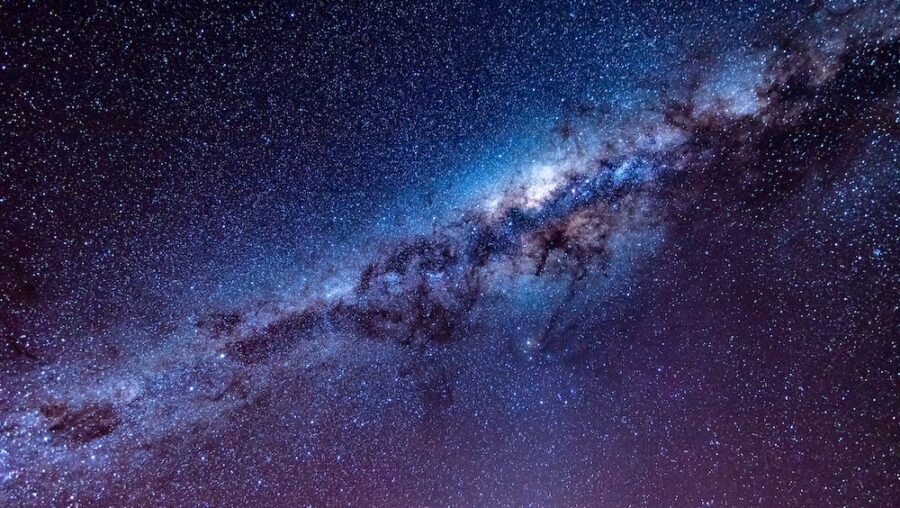
Science, and space in general, is constantly blowing our minds, sending researchers back to square one with their theories about how they think things work time and time again.
Phosphorus Discovered In Milky Way
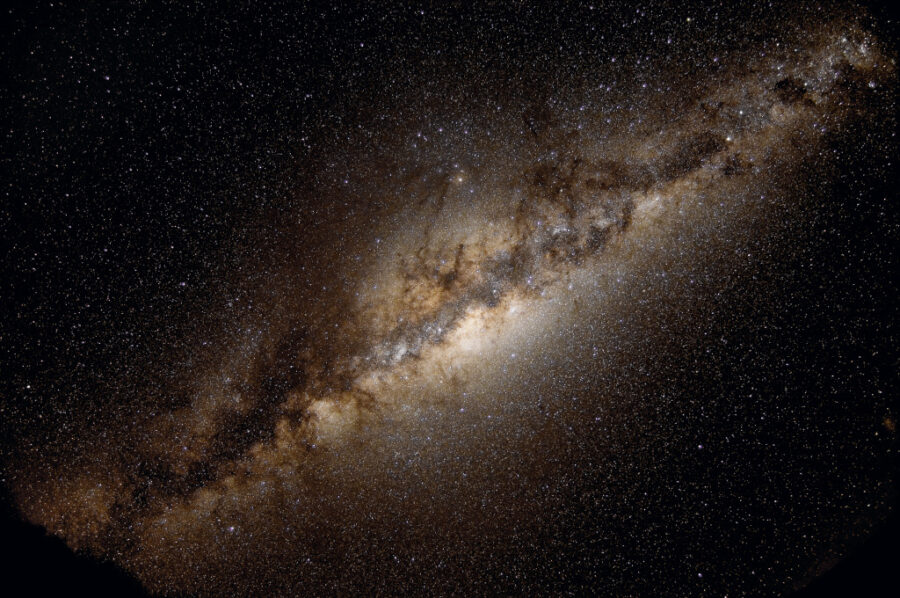
Such is the case today as ScienceAlert reports that phosphorus has been discovered on the edge of the Milky Way galaxy.
What makes this such an incredible find is that this was one of the last elements expected to exist so deep in space because the gigantic stars needed for its creation are few and far between that far out.
As Lucy Ziurys, an astronomer and chemist at Arizona State University and Steward Observatory explained to the outlet, for phosphorus to exist, there would need to be “some kind of violent event.”
Only From A Gigantic Star
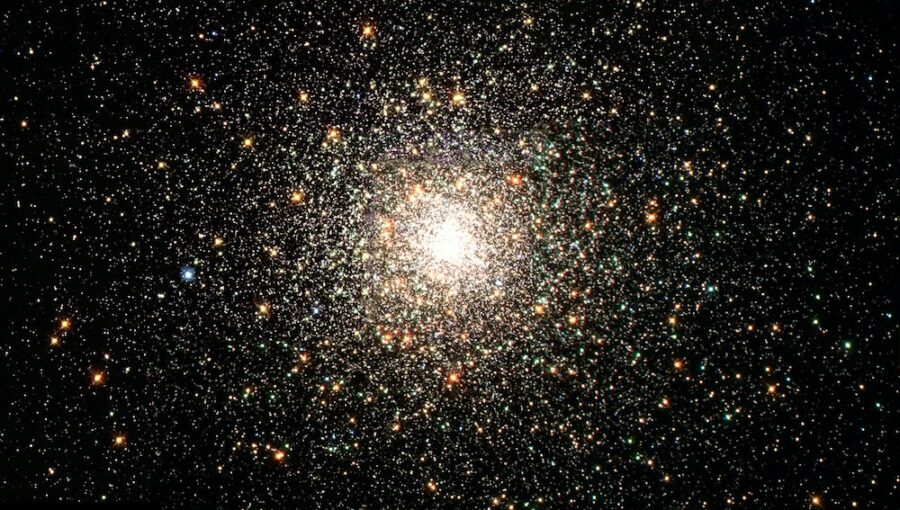
You see, the element is typically only formed during a catastrophic blast, typically from that of a gigantic star.
How big of a star, exactly? Ziurys says that scientists have believed such a star would need to be “at least 20 times the mass of the Sun.”
This is where the mystery truly begins and erasing what we thought we knew while jumping back to square one kicks in.
Because there’s seemingly no way that a star of this size could exist where the phosphorus was discovered, researchers are going to need to pivot on everything they thought they believed about the creation of the element.
Working Backward
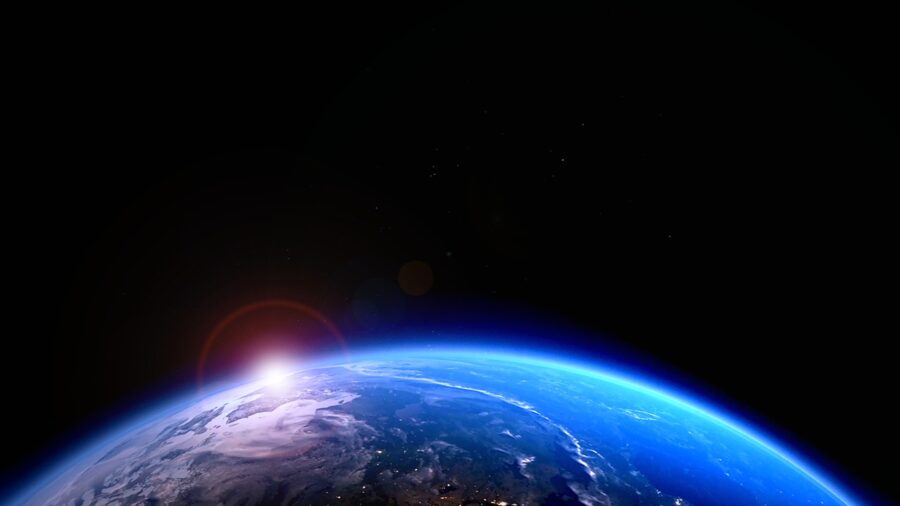
They’ll now need to start those hypotheses back up and work toward finding a reason for such a discovery.
An exciting, albeit a bit frustrating discovery, chemist Lilia Koelemay of Arizona State University is one of those researchers who will forget everything she thought she knew about the creation of phosphorus and start over again.
The folks at Arizona State University have come up with two beliefs (so far) about why they found phosphorus where they did.
Galactic Fountain
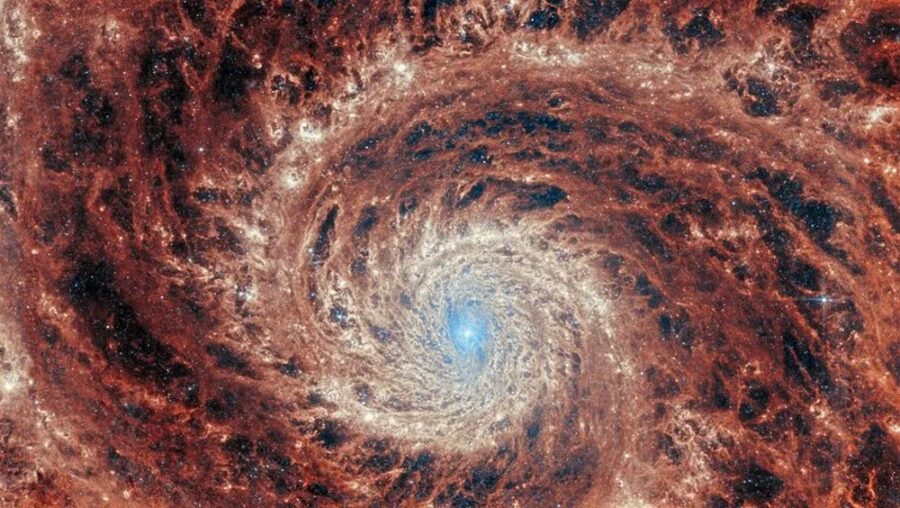
The first is an occurrence dubbed the galactic fountain, a hypothesis that says that elements like phosphorus are blown from super-sized explosions from the inner areas of the galaxy to those further on the outskirts.
This would mean the star’s explosive power was enough to force the debris thousands of miles away.
While this is certainly an idea that the scientists are looking into, they say it isn’t very likely as any sort of explosion like this simply wouldn’t be enough to carry the debris that far.
Neutron Capture

The other idea is not only a more likely one but also a more exciting one for what we’ve come to understand about the possibility of life on other planets.
Researchers discovered that through a process called neutron capture, stars were able to create phosphorus, trapping neurons around their core and forming them into phosphorus.
These stars didn’t need to be massive in size or explode to create the element, with the latest findings pointing to a clear example of this case.
All Needed For Life
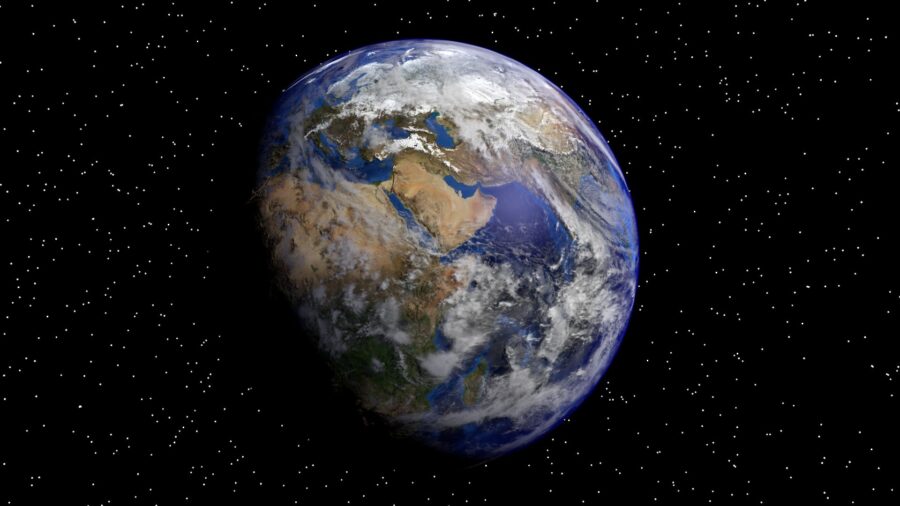
This discovery ties in with the possibility of life on other planets as phosphorus is the last key ingredient needed in the NCHOPS elements.
Nitrogen, carbon, hydrogen, oxygen, phosphorus, and sulfur are all needed for life to exist on any planet and while the others have been spotted in those far reaches of space, this is the first time phosphorus has popped up, meaning that this is a huge win for the scientific community.
Scientists and researchers will need to go back to square one and rework their beliefs on how phosphorus is formed. But this discovery could point to an incredibly exciting turn in how we understand not only the creation of the element but also the past and future of life on other planets.












